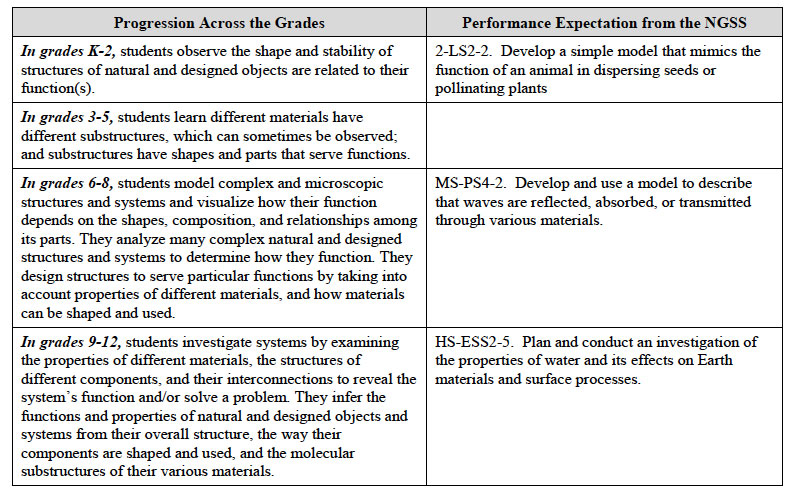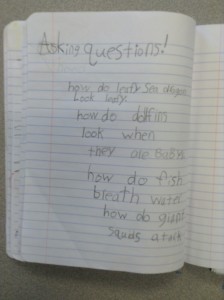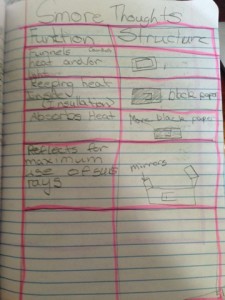Adding the CCC to Your Curriculum
Cross-Cutting Concepts (CCC’s) lend a sharper focus to the other two dimensions. Each CCC presents a unique lens in which to focus upon the content while the practice provides the method in which the content is explored. The particular focus of “Structure and Function” is best described in the words of the Framework below.
To begin the process of adding a structure and function focus to your curriculum, begin with one activity or lesson. For example, Developing & Using Models Activity #3: Build-A-Bug does not need to be altered in order to apply the third dimension of CCC’s. Identifying structure and function within the activity sharpens the focus of the activity and provides touchstones for students throughout discourse. Framing questions around structure and function will provide structure for discourse, notebooking, and student thinking. Students are exploring the bug (content in this case) by way of using models (practice). The model is sharpened and focused through the lens of structure and function (CCC). In this way, the activity has not been drastically altered. It has rather been more focused for both students and teachers in communication, analyzation, and discourse.
After initial implementation, instructors will be able to identify other areas in which structure and function can be used throughout their curriculum. Structure and function is particularly useful in engineering for the design process and can be used for students are beginning engineering quests. Can you find an engineering activity in the practices that can be sharpened with the use of structure and function?
Structure and Function Progression through Gradebands:

Progression from NGSS Appendix G p. 10
In the words of the Framework…
As expressed by the National Research Council in 1996 and reiterated by the College Board in 2009, “Form and function are complementary aspects of objects, organisms, and systems in the natural and designed world. . . . Understanding of form and function applies to different levels of organization. Function can be explained in terms of form and form can be explained in terms of function” [2, 3].
The functioning of natural and built systems alike depends on the shapes and relationships of certain key parts as well as on the properties of the materials from which they are made. A sense of scale is necessary in order to know what properties and what aspects of shape or material are relevant at a particular magnitude or in investigating particular phenomena—that is, the selection of an appropriate scale depends on the question being asked. For example, the substructures of molecules are not particularly important in understanding the phenomenon of pressure, but they are relevant to understanding why the ratio between temperature and pressure at constant volume is different for different substances.
Similarly, understanding how a bicycle works is best addressed by examining the structures and their functions at the scale of, say, the frame, wheels, and pedals. However, building a lighter bicycle may require knowledge of the properties (such as rigidity and hardness) of the materials needed for specific parts of the bicycle. In that way, the builder can seek less dense materials with appropriate properties; this pursuit may lead in turn to an examination of the atomic-scale structure of candidate materials. As a result, new parts with the desired properties, possibly made of new materials, can be designed and fabricated.
Text from A Framework for K-12 Science Education: Practices, Crosscutting Concepts, and Core Ideas




